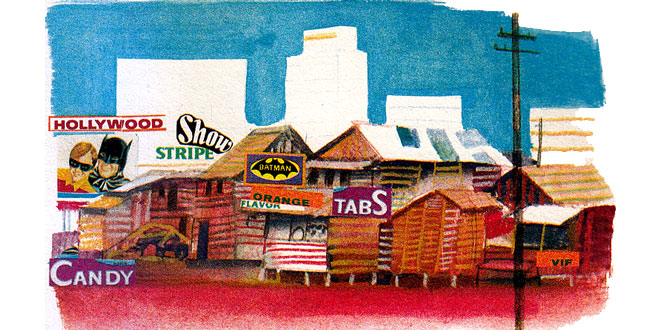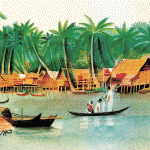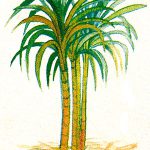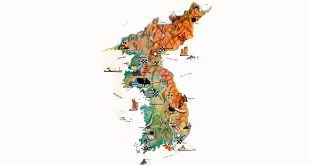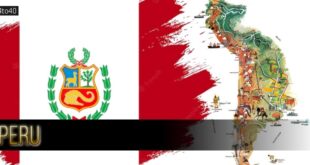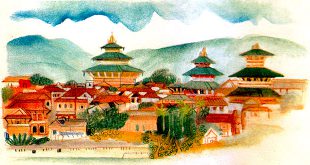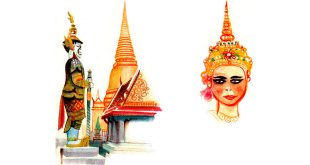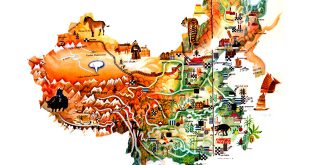Capital: Manila. The former capital Quezon City, near Manila, had a population of 1,166,000 in 1980
Location: The Philippines is an archipelago in the Pacific, consisting of more than 7,000 islands of which only about 800 are inhabited. The 11 largest islands (namely Luzon, Mindanao, Leyte, Cebu, Bohol and Masbate) represent more than 92% of the country’s total area
Area: 300,000 sq km
National composition: Filipinos (basically of Malay-Polynesian origin), Chinese and other minorities
Religions: Roman Catholic (85%), Protestant (10%), Islam
Official languages: Pilipino (Filipino) based on Tagalog: English, a lingua franca throughout the archipelago, is also used officially
Currency: Peso = 100 centavos
Administrative divisions: 81 provinces and 145 cities
Other major cities: Davao, Cebu, Caloocan
Highest elevation: Apo (2,965m), an active volcano on Mindanao
Chief rivers: Cagayan (Luzon), Aguson (Mindanao)
Largest lakes: Laguna de Bay, Tanao, Taal
Climate: High temperatures throughout the year, with abundant (monsoon) precipitation
The Philippines is an island nation, characterized by volcanic mountain ranges and swampy lowlands. Dense rain forests cover almost half of the country. Agriculture employs nearly half of the work-force and bananas, coconuts, fruit, manila hemp (fibre from the plant Musa textilis), rice, sugar cane and tobacco are major crops. Industry accounted for 36 per cent the gross domestic product in 1982, compared with 22 per cent from agriculture. Mineral resources include coal, chrome ore, copper, gold, iron ore, oil and zinc. Major industries include food-processing, wood working, cement, paper and textile-making. Shipping is the most common means of transport.
 Kids Portal For Parents India Kids Network
Kids Portal For Parents India Kids Network
